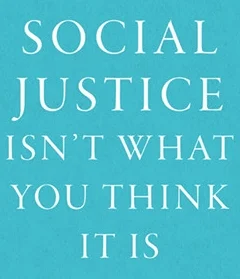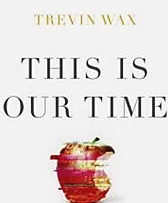Books Aren't Dead Yet
Sometimes it seems we are being constantly bombarded by news of the death of the book.
In some cases, the concern is the rise of the internet, which has cultivated a reliance upon shorter and shorter articles. Some folks seem to expect 140 characters to sufficiently capture the complexities of an argument.
In other cases, people (like myself) lament the rise of the e-book, which tends to reinforce the addiction to screens, undermine the reliance upon actual physical books. There is good evidence that e-books are both not as likely to replace real books as some fear and that they actually have the negative effects that traditional reading advocates ascribe to them.
Despite the worries of real book fans, a recent Gallup study indicates that the future of reading in general and real books in particular continues to look positive. This is encouraging and matches the findings of a study published by Pew Research in the Fall of 2016.
On one hand, the number of people who claim to not have read a book in the past year has doubled since 1978, from 8% to 16%, but it hasn’t changed much since 1990, which is well before the internet was widely available.
The study actually shows a fairly steady percentage of readers, with some slippage in some of the higher consumption categories. Still, the overall number of people actively engaged in reading books is quite high and far from the dire warnings that some technophobes issue. At the same time, it is worth noting the question for “reading” of a book includes listening to audiobooks. This inclusion may mask a phenomenon that still reflects a lower consumption of printed words for the same ideas being read on a commute, a run, or family vacation.
Screen grab from http://ow.ly/BHDz308l8Bg
At the same time, the study also showed that 73% of people pick up a printed book more often than other formats. Only 6% of people rely on audio books as their primary means of engaging books. The news is not all that bad for those that value reading. Books appear to be holding their own against the flood of other entertainment options.
One caution, though, in this study—as in all of the studies I’ve seen on this topic—the nature of the books is never considered. In other words, people may be reading as much, but if they are reading prairie fiction instead of literature, that makes a difference. If book sales skew toward popular punditry and away from well considered arguments about policy, then reading is of much less value. It would be interesting to see a study that reflected on both the quality and the frequency of reading.
In the meanwhile, rest assured the reports of the death of the book have been greatly exaggerated. That should be cause for a cautious celebration.
























